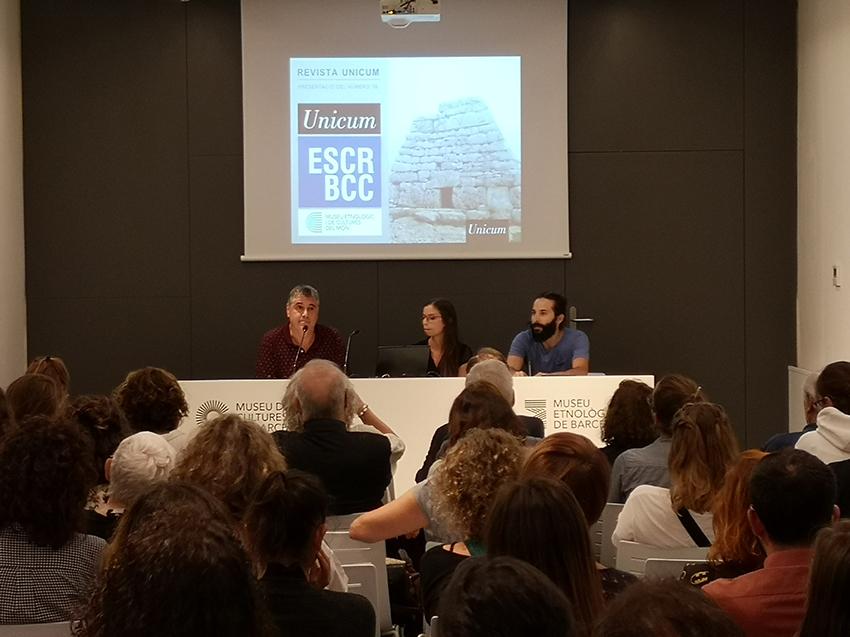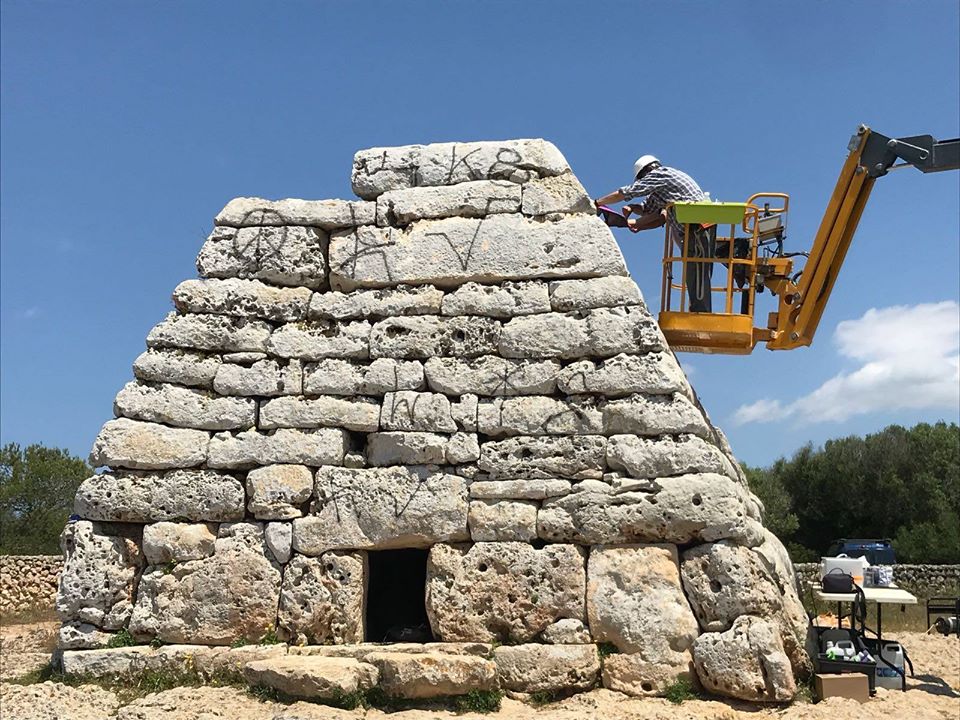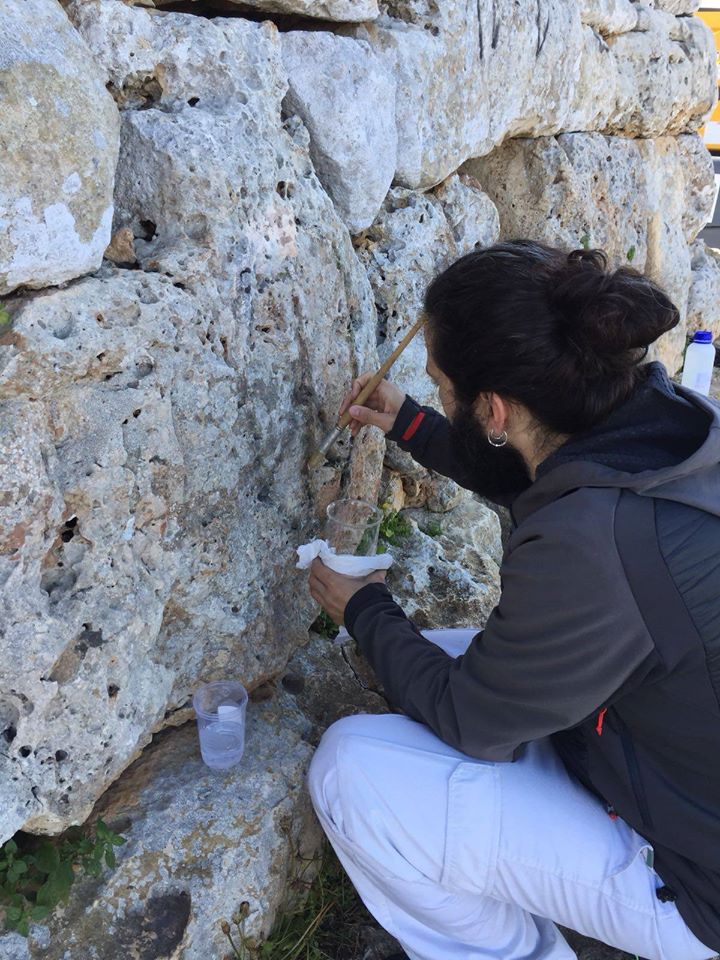
The magazine of the University of Conservation and Restoration of Artefacts of Catalonia praises the methodology used in the restoration of the Naveta des Tudons. The cover story of the Unicom magazine is dedicated exclusively to the island’s most emblematic monument, with an article that details the management of the vandalistic attack that occurred in March of 2018.
Titled “The use of gel buffer solutions for the removal of vandalistic graffiti on the Naveta des Tudons”, the article showcases the importance of transforming adversity into a socially salutary lesson, highlighting how this situation became a unique opportunity to improve upon restoration techniques of this type of damage to stone and rock.
In its June issue, the magazine focuses on the work of the Menorcans Francesc Isbert, Lina Torres and Cecília Ligero, who carried out the restoration work on site with the technical support of the conservator-restorer selected by the Heritage Services Department of the Consell Insular (Island Council) to run preliminary tests under the coordination and supervision of Pere Rovira, a specialist from the Centre for the Restoration of Artefacts of Catalonia. It is relevant that the involvement of the Menorcan team in this work allowed them to acquire training that would normally not be available.
The article details how the selected cleaning system was a method perfectly adapted to the extreme difficulty of eliminating spray paint graffiti from a highly porous material like calcareous stone.


With this technique, not only were the graffiti removed, but the typical reabsorption of paint, an extremely common complication during such processes, was also avoided. The selected aqueous solution is associated with the known techniques related to the “safer working conditions” restoration standard and the “green movement”, which have been promoted for some time now. “Because the action of solvents was insufficient, a buffer solution with chelating gel was able to capture the metallic ions present in the paint”, was the article’s conclusion.
Worth mentioning is the fact that during the cleaning process the monument was open to the public and admission was free of charge, although visitors were required to remain behind a fence set up around the perimeter for safety purposes.